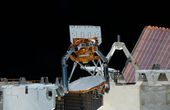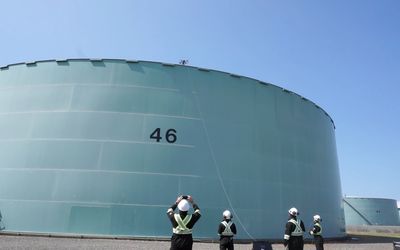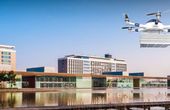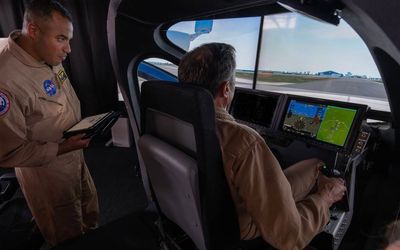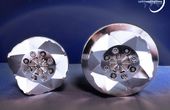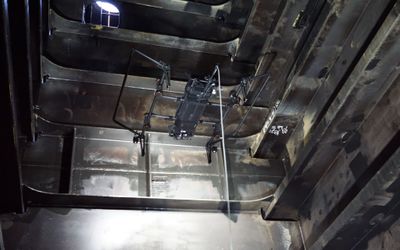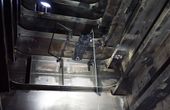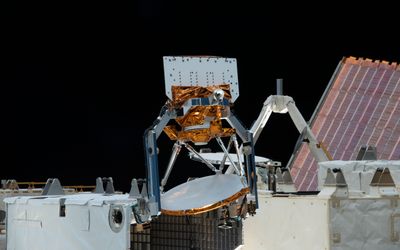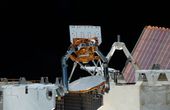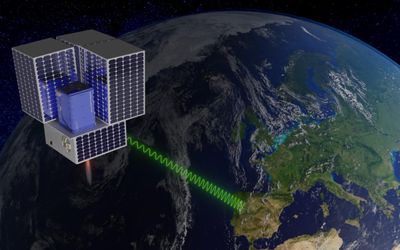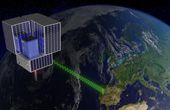Category
Aerospace
Latest Posts
Developing Urban Air Mobility and future-proof cities needs planning, forward-thinking and just a bit of Serendipity
Air taxis and flying cars may seem like science fiction, but for Onland, founder of Serendipity, these are real-world technologies he’s helping cities and countries prepare for now.
In places across the U.S., tree cover is shrinking – forests are burned by wildfires on the West Coast and drowned by rising sea levels along the East. From the ground, it’s hard to assess the scale of the losses and the effects disappearing trees have on atmospheric carbon dioxide levels and climate change.
In a world that runs on data, computer simulations are among our most powerful tools for investigating any scenario. The same is true for NASA Advanced Air Mobility (AAM) researchers as they plan the future of the national airspace. Together with industry partners, these researchers are delivering the data needed to allow self-flying electric air taxis and drones to execute flight paths as easily as your phone maps your car’s route.
Sustainable aviation fuels (SAFs) significantly reduce the climate impact of aviation in terms of both its carbon footprint and other climate impact not related to carbon dioxide. In the future, the targeted use of SAFs in contrail regions can help to rapidly reduce the climate impact of air transport. Flight tests using aircraft powered by 100 percent SAF are to take place again in order to prepare for this transition.
Paving the way for long-term missions on the moon: European team of autonomous robots explores lava cave in Lanzarote
As potential locations for future base camps, the lava caves on the moon are of great interest. But how can they be reached and explored? This has been investigated by a European consortium coordinated by the German Research Center for Artificial Intelligence (DFKI) in the project CoRob-X






